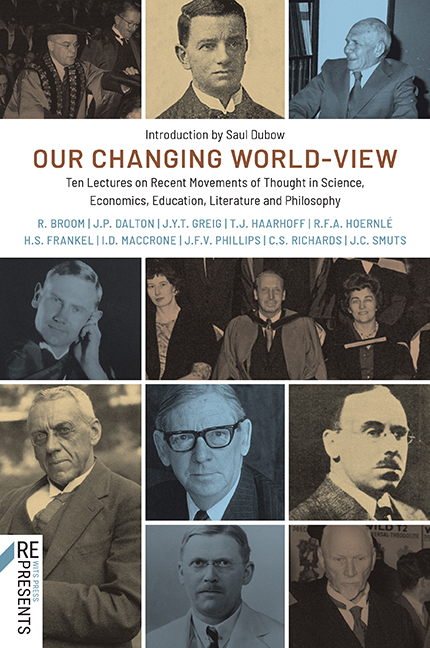123 results
AEPC recommendations for training in interventional catheterisation for CHD
-
- Journal:
- Cardiology in the Young / Volume 33 / Issue 6 / June 2023
- Published online by Cambridge University Press:
- 22 May 2023, pp. 854-861
-
- Article
-
- You have access
- Open access
- HTML
- Export citation
Geographical variation in hepatitis C-related severe liver disease and patient risk factors: a multicentre cross-sectional study
-
- Journal:
- Epidemiology & Infection / Volume 151 / 2023
- Published online by Cambridge University Press:
- 14 March 2023, e59
-
- Article
-
- You have access
- Open access
- HTML
- Export citation
Randomised controlled trial of the short-term effects of osmotic-release oral system methylphenidate on symptoms and behavioural outcomes in young male prisoners with attention deficit hyperactivity disorder: CIAO-II study
-
- Journal:
- The British Journal of Psychiatry / Volume 222 / Issue 1 / January 2023
- Published online by Cambridge University Press:
- 03 June 2022, pp. 7-17
- Print publication:
- January 2023
-
- Article
-
- You have access
- Open access
- HTML
- Export citation

Our Changing World-View
- Ten Lectures on Recent Movements of Thought in Science, Economics, Education, Literature and Philosophy
-
- Published by:
- Wits University Press
- Published online:
- 12 October 2021
- Print publication:
- 01 August 2021
Miscellaneous Frontmatter
-
- Book:
- Our Changing World-View
- Published by:
- Wits University Press
- Published online:
- 12 October 2021
- Print publication:
- 01 August 2021, pp xix-xxii
-
- Chapter
- Export citation
Contents
-
- Book:
- Our Changing World-View
- Published by:
- Wits University Press
- Published online:
- 12 October 2021
- Print publication:
- 01 August 2021, pp v-vi
-
- Chapter
- Export citation
Frontmatter
-
- Book:
- Our Changing World-View
- Published by:
- Wits University Press
- Published online:
- 12 October 2021
- Print publication:
- 01 August 2021, pp i-iv
-
- Chapter
- Export citation
Surgical versus transcatheter palliation for insufficient pulmonary blood supply in infants with cyanotic CHD
- Part of
-
- Journal:
- Cardiology in the Young / Volume 32 / Issue 1 / January 2022
- Published online by Cambridge University Press:
- 24 May 2021, pp. 42-47
-
- Article
- Export citation
The Rapid ASKAP Continuum Survey I: Design and first results
- Part of
-
- Journal:
- Publications of the Astronomical Society of Australia / Volume 37 / 2020
- Published online by Cambridge University Press:
- 30 November 2020, e048
-
- Article
-
- You have access
- HTML
- Export citation
7 - Rocky Shores Are Not Just for the Able-Bodied
- from Part II - Essays: Inspiring Fieldwork
-
-
- Book:
- Curious about Nature
- Published online:
- 11 February 2020
- Print publication:
- 20 February 2020, pp 138-141
-
- Chapter
- Export citation
Permanent pacing post-Fontan is not associated with reduced long-term survival
-
- Journal:
- Cardiology in the Young / Volume 29 / Issue 12 / December 2019
- Published online by Cambridge University Press:
- 11 October 2019, pp. 1432-1434
-
- Article
- Export citation
Maternal mental health and infant emotional reactivity: a 20-year two-cohort study of preconception and perinatal exposures
-
- Journal:
- Psychological Medicine / Volume 50 / Issue 5 / April 2020
- Published online by Cambridge University Press:
- 10 April 2019, pp. 827-837
-
- Article
- Export citation
Single-centre experience in stenting arterial shunts for adult CHD patients with single-ventricle physiology and pulmonary blood flow dependent on arterial shunts
-
- Journal:
- Cardiology in the Young / Volume 28 / Issue 12 / December 2018
- Published online by Cambridge University Press:
- 12 October 2018, pp. 1431-1435
-
- Article
- Export citation
Reply to Robert Vincent
-
- Journal:
- Cardiology in the Young / Volume 28 / Issue 6 / June 2018
- Published online by Cambridge University Press:
- 14 May 2018, p. 796
-
- Article
- Export citation
Recommendations for the configuration of a cardiac catheterisation laboratory for the treatment of children with CHD
-
- Journal:
- Cardiology in the Young / Volume 28 / Issue 6 / June 2018
- Published online by Cambridge University Press:
- 09 March 2018, pp. 791-794
-
- Article
-
- You have access
- HTML
- Export citation
The History of Mental Health Services in Modern England: Practitioner Memories and the Direction of Future Research
-
- Journal:
- Medical History / Volume 59 / Issue 4 / October 2015
- Published online by Cambridge University Press:
- 09 September 2015, pp. 599-624
-
- Article
-
- You have access
- Open access
- HTML
- Export citation
Contributors
-
-
- Book:
- The Cambridge Dictionary of Philosophy
- Published online:
- 05 August 2015
- Print publication:
- 27 April 2015, pp ix-xxx
-
- Chapter
- Export citation
List of contributors
-
-
- Book:
- Nutrition in Critical Care
- Published online:
- 05 April 2014
- Print publication:
- 06 March 2014, pp viii-xii
-
- Chapter
- Export citation
Notes on contributors
-
-
- Book:
- The Romance between Greece and the East
- Published online:
- 05 December 2013
- Print publication:
- 14 November 2013, pp viii-xii
-
- Chapter
- Export citation
Contributors
-
-
- Book:
- Natural Disasters and Adaptation to Climate Change
- Published online:
- 05 October 2013
- Print publication:
- 14 October 2013, pp ix-xii
-
- Chapter
- Export citation





